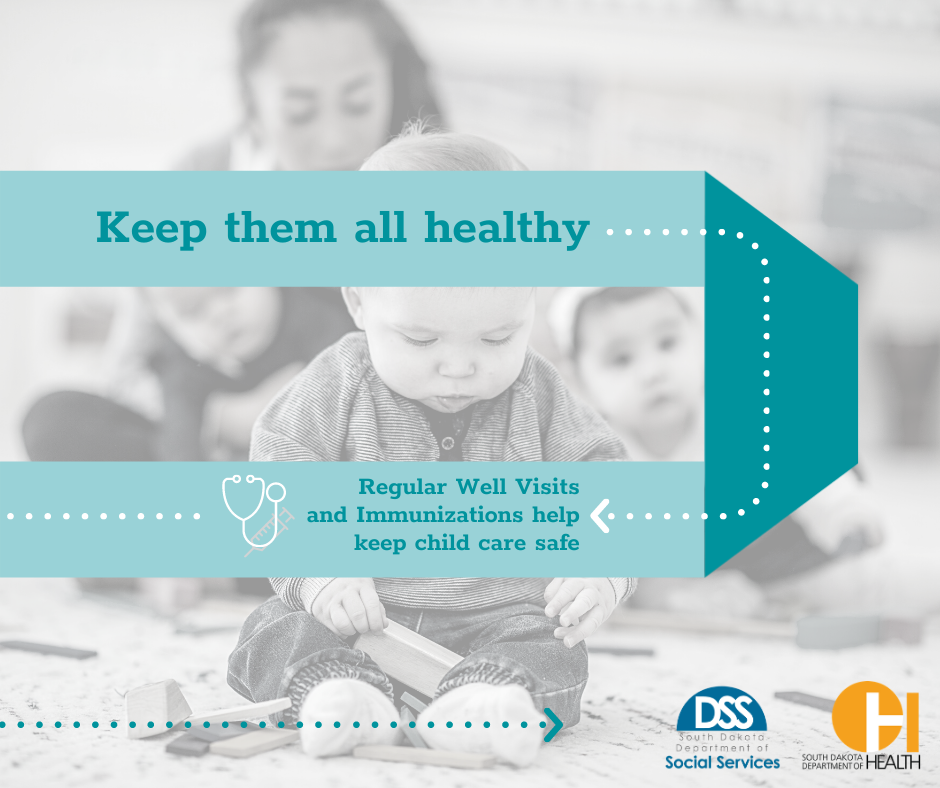
and Martha Gonzalez ) conducted all the interviews the former is a medical student, and the latter is a Spanish-speaking qualitative researcher. Interviews were conducted by telephone between November 2016 and March 2017 without the use of field notes. The included questions focused on 3 domains: the value of well-child visits (eg, “What are important aspects of well-child visits?”), barriers to attendance (“What makes it hard to attend well-child visits?”), and facilitators of attendance (eg, “What would make attendance easier?”). Our research team developed a semistructured guide before the study. Individuals who did not respond to the initial mailings were sent another invitation. Because Spanish-speaking children make up about one-third of the pediatric population at VCUHS, we also included Spanish-speaking caregivers in this study.Ĭaregivers were contacted through direct mailings, while clinicians serving pediatric patients in VCUHS were contacted through e-mail. Well-child visits were identified by relevant International Classification of Diseases, 9th Revision, Clinical Modification (ICD-9-CM) or International Classification of Diseases, 10th Revision, Clinical Modification (ICD-10-CM) codes (eg, V20.2, Z00.129) and Current Procedural Terminology (CPT) claims codes (eg, 99381). We excluded patients without any well-child visits recorded as this group may have used a different health system as their primary care medical home. We hypothesized that using a higher threshold of missed visits would disproportionately select families with older children. We chose 2 or more missed well-child visits as the cutoff in order to include caregivers of young children as well as those of older children. We selected a purposive sample of 17 caregivers and 6 clinicians (family practice and pediatric physicians) for children aged 0 to 6 years who missed 2 or more well-child visits at Virginia Commonwealth University Health System (VCUHS) between January 1, 2011, and January 1, 2016. We aimed to assess current US caregiver and clinician perspectives regarding missed well-child visits in an urban, underserved health care system with a large proportion of African Americans. It is also unclear whether clinician and caregiver perspectives on missed well-child visits align. 10 Because clinicians are not always aware of the nonmedical aspects of patients’ lives, they may not fully understand or may have different perspectives on why well-child visits are missed. Clinicians in England also identified social reasons and family belief systems as reasons. Studies conducted more than 15 years ago identified transportation, 8, 9 work, 9 wait times, 8 and lack of understanding about the reason behind the visits 8 as reasons for missed visits. Despite these efforts, it is not fully understood why more disadvantaged patients miss a disproportionately larger share of well-child visits.įew studies have explored patient and clinician perspectives on why pediatric visits are missed. 5– 7 Many states support safety-net practices to promote access. 3– 6 Poor, uninsured, and African American children miss a greater proportion of these visits compared with upper-income, privately insured, and white counterparts. 3, 4 Despite these benefits, children miss between 30% to 50% of well-child visits. 2 Attendance of well-child visits has been associated with reduced hospitalizations and emergency department use.

1 These visits are an opportunity to deliver immunizations, provide anticipatory guidance, and identify and treat disease. One example is for visits at ages:Īfter age 3, routine checkups are usually scheduled yearly through the teen years.The American Academy of Pediatrics recommends 13 well-child visits before the age of 6 years. Your child's doctor will recommend a schedule for routine checkups. Immunizations also are either given or scheduled at this time. Also, any concerns you have about your child can be discussed during these visits.ĭuring these visits, the doctor examines your child and asks you questions about your child's development and behaviour. Finding possible problems early gives your child the best chance for proper and successful treatment.

These appointments allow your doctor to keep a close eye on your child's general health and development. It's important for your child to have regularly scheduled checkups, often called health checkups or well-child visits, beginning shortly after birth and lasting through the teen years.


 0 kommentar(er)
0 kommentar(er)
